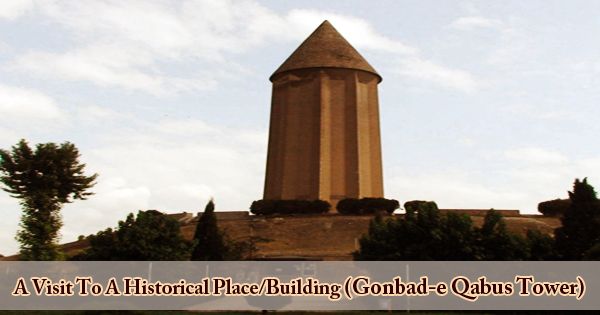International Asteroid Day, also known as “Asteroid Day”, is a dynamic awareness and educational campaign to educate the world about asteroids their role in shaping our solar system, how we can use their energy, how asteroids will pave the way for future exploration and how we can protect our planet from the impacts of asteroids. In December 2016 the United Nations General Assembly adopted resolution A/RES/71/90, declaring 30th June as the International Asteroid Day in order to “observe each year at the international level the anniversary of the Tunguska impact over Siberia, Russian Federation, on 30th June 1908, and to raise public awareness about the asteroid impact hazard.” It destroyed about 2,000 square kilometers (770 square miles) of the forest within the area, flattening about 80 million trees. The realm is sparsely populated, and there have been no official reports of human casualties. Asteroid Day aims to boost awareness about asteroids and what may be done to safeguard the world, its families, communities, and future generations from a catastrophic event. Asteroid Day celebrations for people of all ages are often arranged individually around the world and are usually free of charge. Asteroid Day is a program run by Asteroid Foundation, a nonprofit organization based in Luxembourg.
The International Asteroid Day aims to raise public awareness of the asteroid impact danger and to educate the public about the crisis management steps to be taken internationally in the event of a credible near-Earth object attack. The workgroup of Asteroid Day created a declaration called “100X Declaration”, which appeals to all scientists and technologists who are supporting the idea of saving the earth from asteroids, but not only specialists are asked to sign, everyone can sign this declaration. Today more than 22,000 private people signed the 100X Declaration. Asteroids are dusty remains from solar system formation 4.6 billion years ago. They revolve around the Sun, and are often referred to as planetoids or small planets. Asteroids consist primarily of minerals and rocks while comets are made of dust and ice. Meteorites may be particles of dust or debris originating from a comet or asteroid. More than 1 M asteroids have the ability to strike the Earth, and we’ve discovered just about one percent across all the telescopes available worldwide. Building on recommendations for a global response to a near-Earth Object impact threat, endorsed by the Committee on the Peaceful Uses of Outer Space (COPUOS) in 2013, the International Asteroid Warning Network (IAWN) and therefore the Space Mission Planning Advisory Group (SMPAG) were established in 2014. Asteroid Day will provide the platform with public support to expand our awareness of when asteroids could hit and how we’re going to protect ourselves.
















